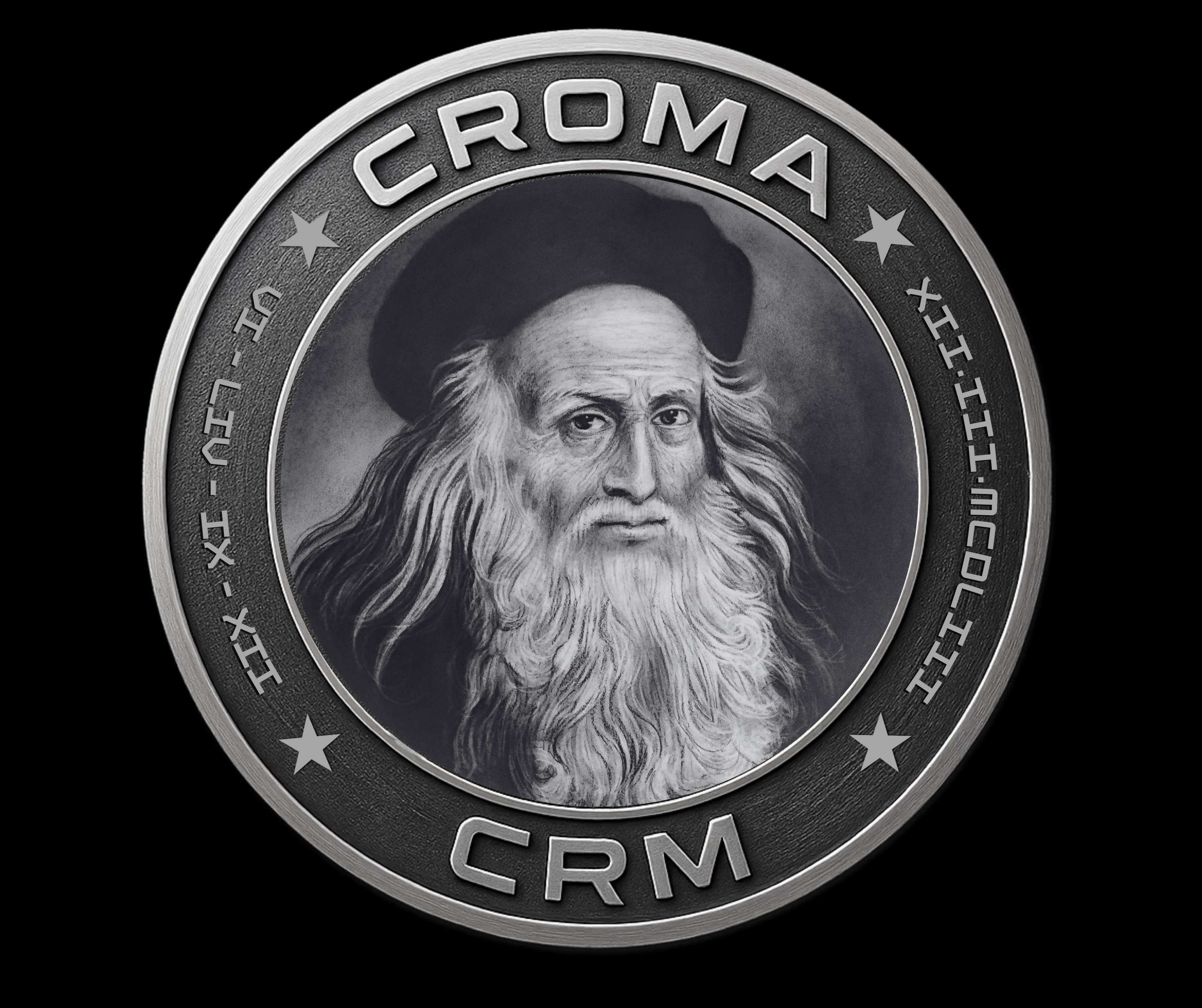Leonardo da Vinci
The Renaissance Polymath: Bridging Art, Science, and Innovation

Leonardo da Vinci (1452-1519) stands as history's quintessential polymath—a painter, sculptor, architect, scientist, engineer, anatomist, botanist, musician, and inventor whose genius transcended disciplines in ways that continue to inspire innovation today.
Early Life and Artistic Development
Born in Vinci, Italy, Leonardo began his artistic training in Florence under Andrea del Verrocchio. His early works demonstrated exceptional technical skill and an innovative approach to composition and perspective. Unlike his contemporaries, Leonardo viewed art not as separate from science but as complementary disciplines—both requiring keen observation, experimentation, and documentation.
His notebooks reveal a mind constantly analyzing, questioning, and reimagining the world around him. With over 13,000 pages of notes and drawings, Leonardo documented ideas ranging from flying machines and anatomical studies to architectural designs and military engineering—many centuries ahead of their time.
Masterworks That Changed Art Forever
Leonardo's artistic output, though relatively small in number, represents some of the most influential works in the history of Western art:
- Mona Lisa (1503-1519) - Revolutionary for its psychological depth and sfumato technique
- The Last Supper (1495-1498) - Masterful composition capturing the dramatic moment of betrayal
- Vitruvian Man (c. 1490) - The perfect union of art and mathematics
- Lady with an Ermine (1489-1490) - Exemplifying Leonardo's understanding of human psychology
Leonardo's Connection to Modern Innovation
Leonardo's approach to knowledge and creation mirrors the ethos behind blockchain and decentralized systems. His work was characterized by:
- Cross-disciplinary thinking - Like modern blockchain architects who combine cryptography, economics, and computer science
- Distributed knowledge - Leonardo's notebooks represent a distributed ledger of ideas, similar to blockchain's distributed record-keeping
- Trust through verification - His scientific approach relied on observation and verification, paralleling blockchain's consensus mechanisms
- Innovative problem-solving - Leonardo tackled problems by reimagining fundamental assumptions, much like crypto innovators today
Had Leonardo lived in our era, he might have been fascinated by blockchain's ability to create trustless systems and decentralized networks. His inventions often sought to remove intermediaries and create more efficient systems—a core principle of blockchain technology.
Why Croma Art Celebrates Leonardo
At Croma Art, we honor Leonardo da Vinci not merely as a historical artist but as the archetypal innovator whose methods and mindset continue to inspire technological breakthroughs today. His ability to see connections between seemingly unrelated fields exemplifies the interdisciplinary thinking that drives blockchain innovation.
Our artistic tribute captures Leonardo in his element—surrounded by his sketches, inventions, and the famous golden ratio that guided much of his work. The portrait symbolizes the bridge between Renaissance thinking and modern technological revolution, reminding us that true innovation often comes from those who can transcend the boundaries between art and science.
Legacy for the Digital Age
Leonardo's greatest lesson for today's innovators is his relentless curiosity and willingness to question established systems. In a world increasingly shaped by blockchain and decentralized technologies, his approach to knowledge—open, distributed, and boundary-crossing—feels remarkably prescient.
As we build new systems for trust, value, and creativity in the digital age, Leonardo's example reminds us that the most revolutionary ideas often come from those who can see the world not as it is, but as it could be.



